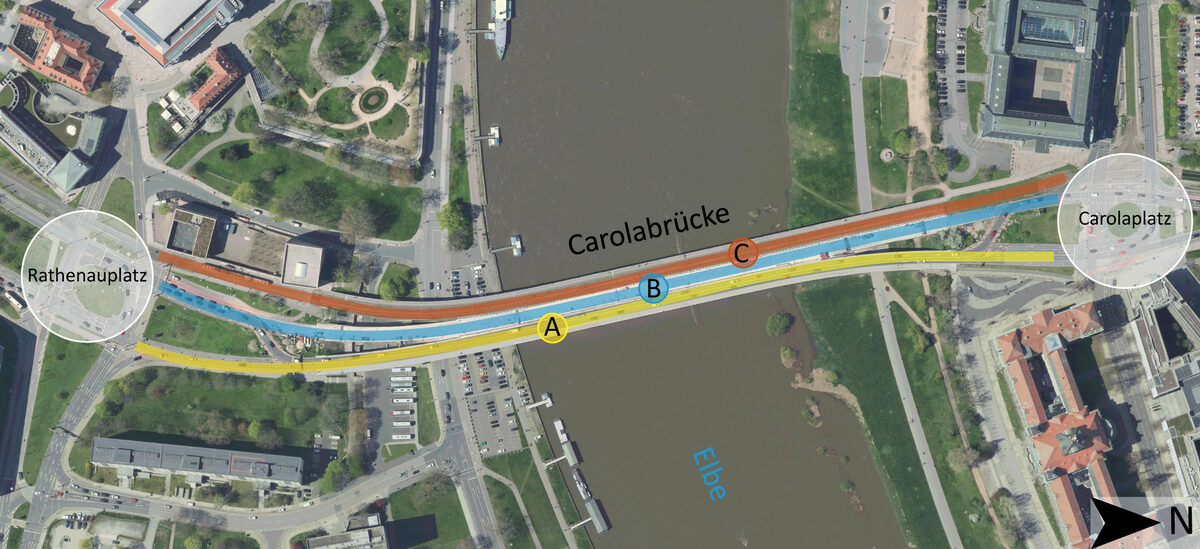Mortarion86
Magistrate
Another major problem is that these invasive species in most cases spread so strongly and quickly due to the lack of natural enemies in the new areas where they appear.Its impossible to keep everything out, especially insects. Fire-ants or red imported fire ants (RIFA) are native to Amazonia. They are believed to have arrived in a shipment of goods from Brazil in Mobile, AL in the 1930s. They have now spread through out the southeastern US and have been reported in parts of the southwest.
In Australia, they are believed to have arrived aboard ship from the US in Brisbane sometime before 2001. That same year, a colony was found in New Zealand but was successfully eradicated.
For endemic animals, the appearance of such newcomers is usually a real disaster.










